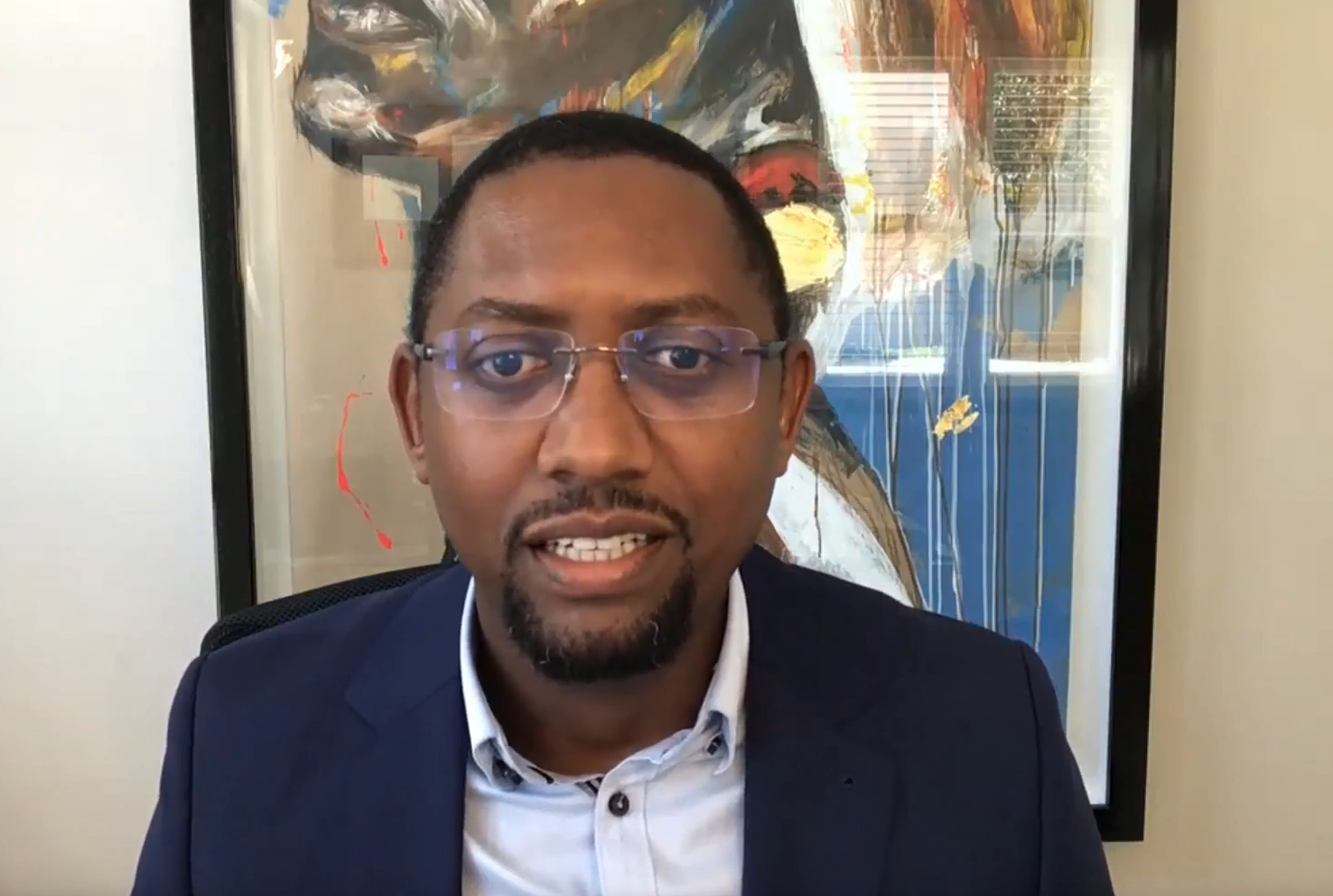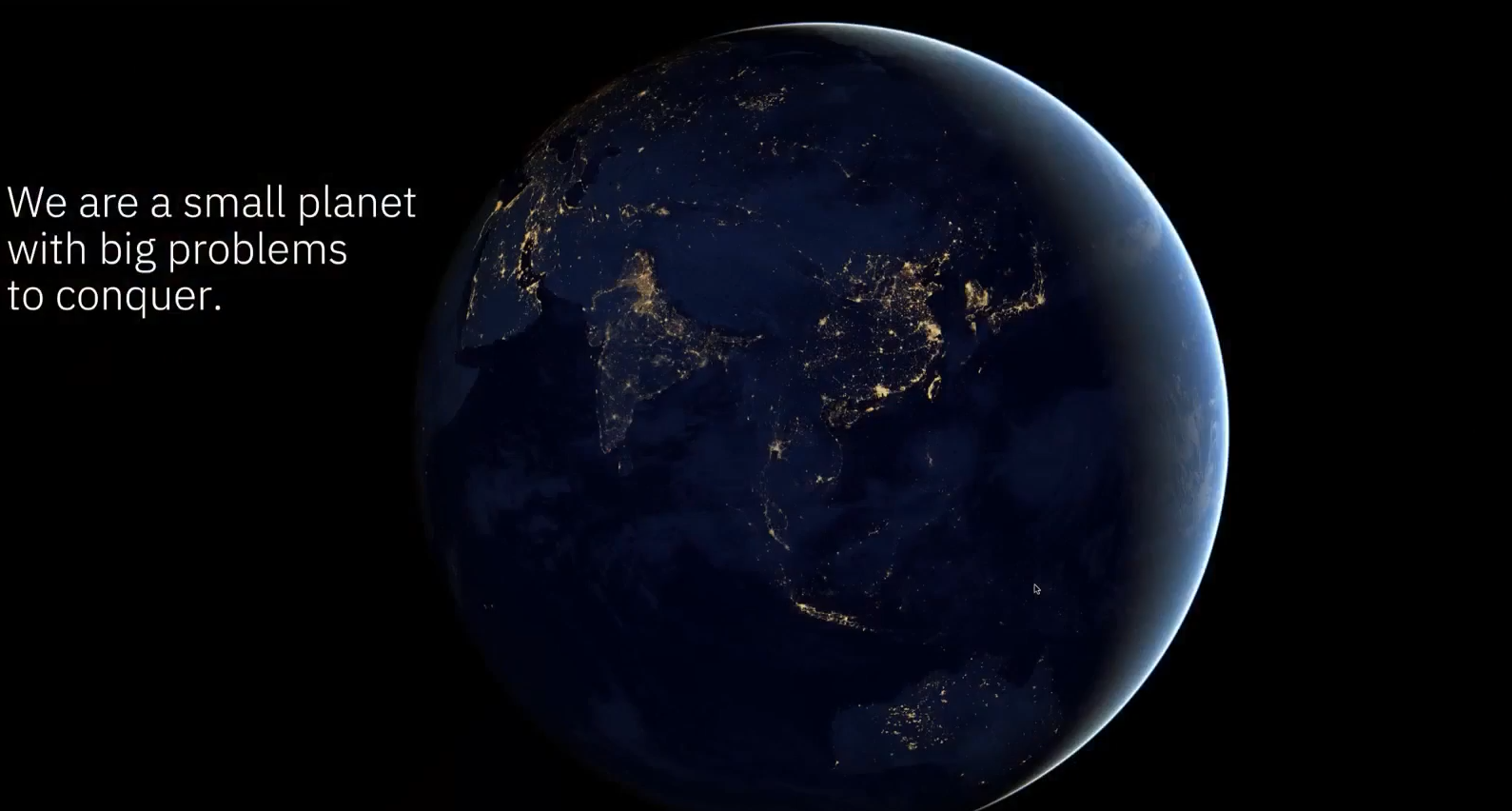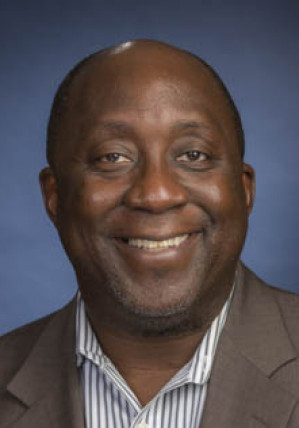Science and computing can help humanity achieve a sustainable future. This is the key message Solomon Assefa delivered on 21 November, as a keynote speaker at TWAS Sixteenth General Conference.
Assefa is Vice-President of IBM Research, and a researcher operating at the nexus of technology, climate change and sustainable development, "who has brought excellence to technology and innovation,” said the session Chair, TWAS Fellow Winston Soboyejo.
At the end of 2021, Assefa recalled, NASA launched the James Webb Space Telescope into space. This orbiting infrared observatory will complement and expand the discoveries of the Hubble Space Telescope, with longer wavelength coverage and greatly improved sensitivity. “The longer wavelengths enable Webb to look much closer to the beginning of time and to hunt for the unobserved formation of the first galaxies, as well as to look inside dust clouds where stars and planetary systems are forming today,” as explained on the relevant NASA web page.
Since July 2022, scientists have been receiving Webb’s observations. “These images, including the deepest infrared view of our universe that has ever been taken, show us how Webb will help to uncover the answers to questions we don’t even yet know to ask; questions that will help us better understand our universe and humanity’s place within it,” said NASA Administrator Bill Nelson when the agency released the first images and revealed the capabilities of Webb’s state-of-the-art scientific instruments.
"What is amazing is that the telescope itself was already a testament to human ingenuity and scientific advancement," Assefa said. He added that such images help us realize how small our planet is and how big the humanity’s challenges are—COVID-19, for one, which claimed the lives of over 6.5 million people, with financial losses in the trillions.
Assefa said that, through such challenges, however, we have also learned unique lessons, such as to rely on science and make the most of data-driven diagnostics, to foster collaboration when it comes to finance and logistics, and to share knowledge and make it accessible.
Science and computing are central to solving today's challenges, as are partnerships, Assefa continued. While he identified future pandemics, climate change, the food supply chain, and financial inclusion as the main challenges of our time, the examples provided in his presentation focused mainly on the climate crisis.
Assefa shared some concrete examples on how to use science and computing to address word challenges. For instance, IBM collaborated with other scientists to develop a new way to predict and detect floods, used satellite imagery and AI to forecast flooding patterns with 98 per cent accuracy, harnessed the power of AI to study health effects of heat waves and climate change.
He also underlined that the very innovations needed to address these challenges can also drive economic growth. IBM Research, with its 75 years' experience, 21 locations around the world, and a team of 3,000 researchers, is a good example of how to use innovation to tackle major problems: IBM researchers work non-stop at what they call "What's next," namely, artificial intelligence (AI), nanotechnology, and quantum computing. And in all the three areas, IBM has been pushing frontiers.
"We have all these technologies coming together, and this will change the way we do science, and thus accelerate science and scientific methods," he said.
Science in a vacuum, however, is not enough: Accessibility to science through global partnerships is equally critical. Ultimately, it is not only about technology, but also about the extent to which technology is accessible to advance innovation and solve problems.
Open sourcing, or having the source code of a software freely available for possible modification and redistribution, can accelerate innovation. Some IBM resources, Assefa highlighted, had been open-sourced this very year and others were in the pipeline.
"The work by Solomon Assefa and the IBM team shows how science and computing can be used as engines of sustainable development, while solving some of the most important problems of our time," said Prof. Soboyejo. "The approach is one that can transform the lives of all people within a truly global STEM community."
The take-home message is that, while we live in a small planet and we have to face big challenges, we also have very valid instruments to overcome them.
Raffaella De Lia

